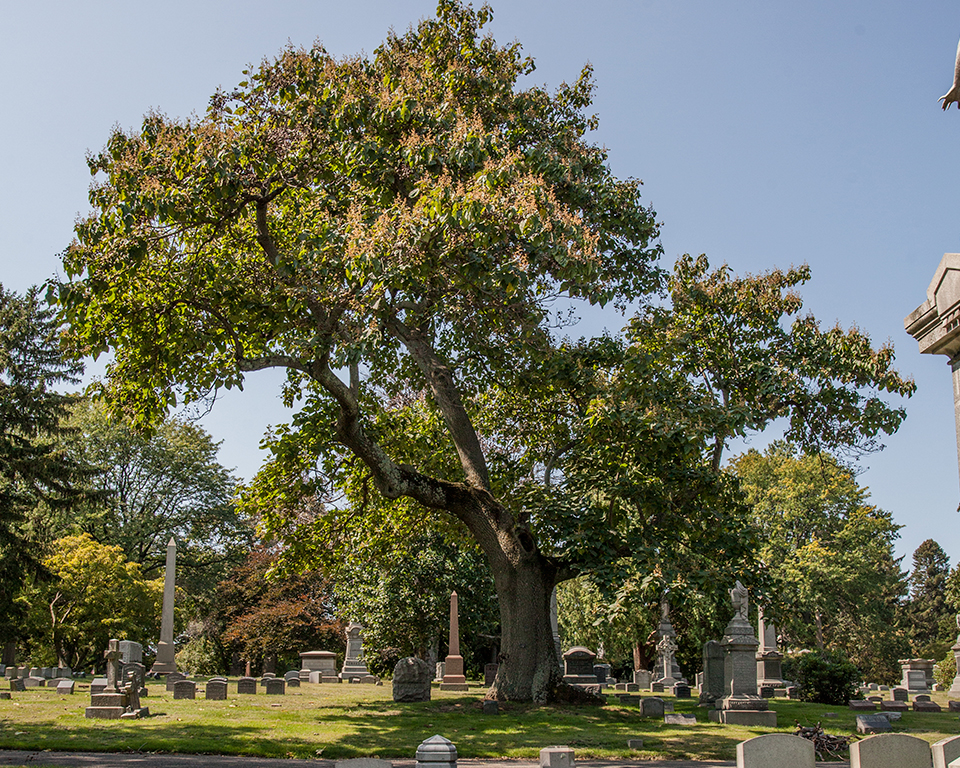PAULOWNIA TOMENTOSA – ROYAL PAULOWNIA

Princess Tree should be planted where falling flowers and leaves are not objectionable because they can be a bit messy on hard surfaces. The tree is often considered a weed tree, and has naturalized in the edge of woodlands, along railroad rights-of-way, and in other areas of disturbed soil in eastern North America. Consider placing it in a park or other open-space area where its flower display can be enjoyed. Fruit capsules hang on the tree and could be objectionable to some; leaves regularly fall throughout a dry summer; the trunk buttresses forming large surface roots close to the trunk.
The tight-grained wood has now become valuable and prized for lumber, especially in Japan, and is made into jewelry boxes and fine furniture. Trees cast light shade under the canopy making it easier to grow turf under the tree than under other trees with a denser canopy.
Plants can be cut back to the ground each year to act like a perennial. The vigorous growth produces large leaves and a rich tropical effect in the shrub border. Trees have a relatively short life, about 60 to 70 years. The wood is considered ring porous which means that there is a large difference in size between the spring wood pores and the summer wood pores.

